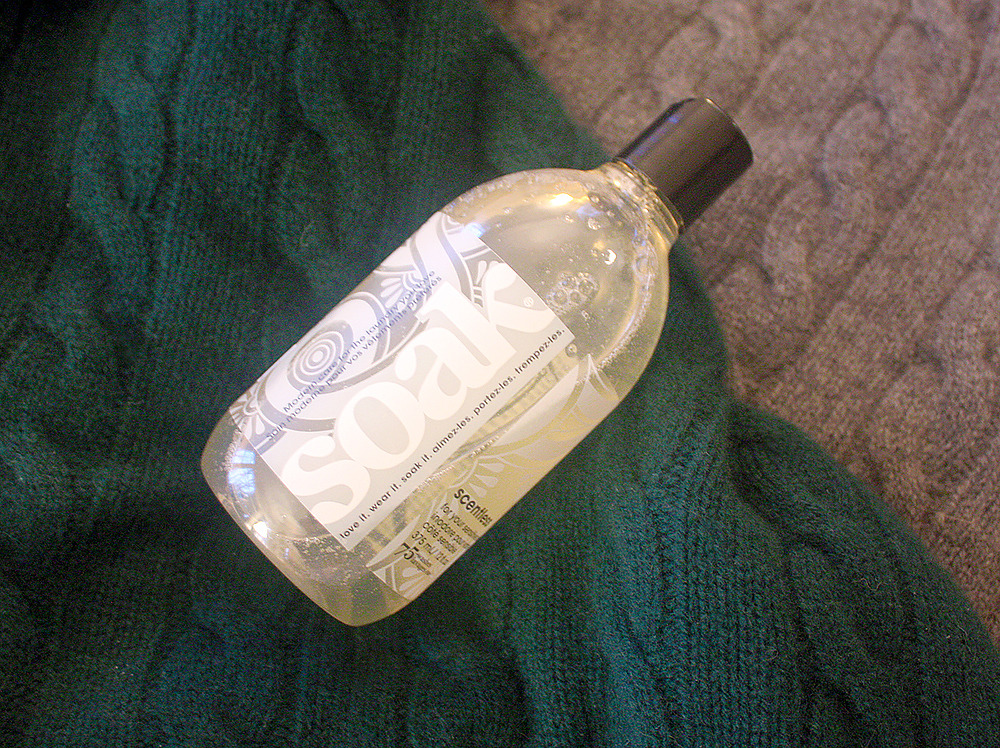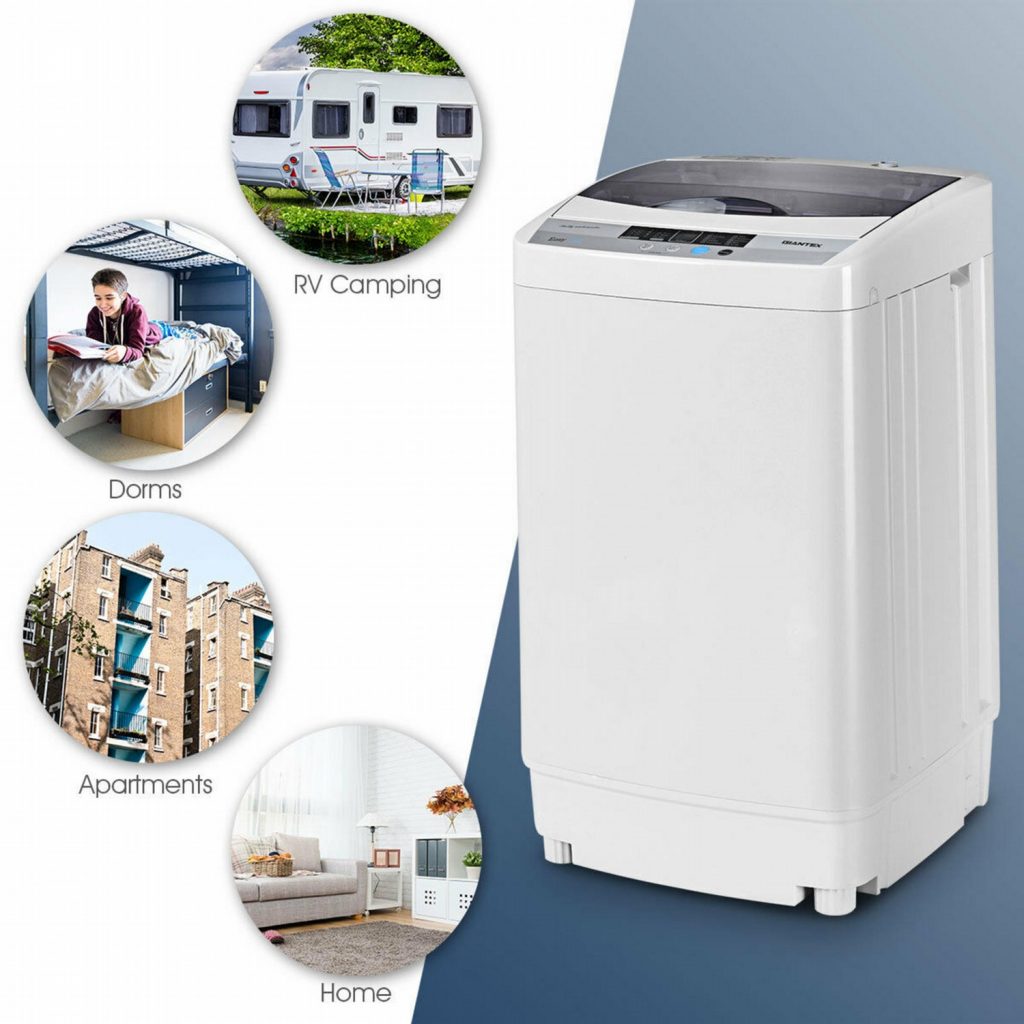
I was supposed to jump on a flight to Mexico later this week to attend a friend's wedding. I had the flights booked, a hotel room reserved, and a cat sitter was waiting in the wings. But like many people around the world are finding, the coronavirus outbreak has not only disrupted plans but also changed the rhythm of daily life. Cities around the globe have instituted curfews, shut down schools, banned large gatherings, and asked people to stay at home. Every regular activity nowadays feels like it comes with a new moral complication: how do you not only keep yourself safe but also slow the spread of this virus and thus not endanger those in your community?
The Atlantic has two useful articles related to the coronavirus. The first is by Kaitlyn Tiffany, who covers the dos and don'ts on social distancing. (Reading that article last week helped me come to a decision to cancel my trip to Mexico). Amanda Mull also has an article on how to get food safely these days. "The coronavirus makes an age-old dilemma much more fraught: Order in, or cook at home?" reads the lede. The short of it: avoid large crowds by going to the grocery store at odd hours or patronizing less popular stores. As for ordering delivery, the risk involved depends on how the workers are treated and how the food is brought to your door.
Over the weekend, New Yorker contributor Rachel Syme tweeted a question I hadn't even considered yet: can you still go to the laundromat? For many people, particularly those living in big cities, bi-weekly trips to the laundromat are a fact of life. Not all homes have a washer-and-dryer hook-up, and not every apartment building has a communal laundry room. And so, washing your clothes is a necessary task that can't always be done while avoiding other people.
Let's be honest: going to the laundromat was never a fun activity in the first place. They're often dirty, sometimes crowded, and often have an unpleasant, stuffy smell. You have to sit there for hours on end waiting for your clothes to be washed and then dried. Plus, there's the task of schlepping your clothes in and out of your home. So, for those who are looking to either get through the next few weeks, possibly months, without having to go to the laundromat - or, ideally, cut the process out of your life entirely - here are some laundry solutions for small spaces.
The first and most obvious solution is to find a reliable dry cleaner. The good news is that most clothes can be dropped off at your local dry cleaner, including those that require a wet washing. The bad news is that most dry cleaners aren't very reliable.
There two types of dry cleaning businesses. The first is known as a dry store, where the store acts as a drop-off point for some remotely located, centralized plant. For every central plant, there may be anywhere from five to twenty of these "satellite" shops located throughout various neighborhoods. The second is what's known as a package plant, where a business has their own equipment on-site, which means they do the dry cleaning themselves.
So how can you tell if a dry cleaner is any good? Well, roughly speaking, a dry store is more likely to have lower-quality service. Their aim typically is to control costs, increase efficiency, and turn things around as quickly as possible. If you see a tiny shop with no machines besides a conveyer behind the counter, and they're charging you $8 to clean a suit with next day service, the chances are, you're clothes aren't getting much consideration.
Package plants, on the other hand, tend to have better service, but you can't assume this just because they own their equipment. For basic, everyday clothes, such as an inexpensive dress shirt, it may not matter. But for higher-end tailoring and/ or precious items, you may want to ask whether the company sorts clothes by stain and material. It helps to know a few things about dry cleaning.
Dry cleaning is good for taking out oil-based stains (such as those from lotions, salad dressings, and pizza drippings), but it can potentially set in water-based stains (such as those from juice, coffee, or even sweat). A good dry cleaner will thus identify the types of stains you have and pre-treat them accordingly so that damage isn't set in through the cleaning process itself. See if your cleaner has a technician that does this. Some dry cleaners also re-use their cleaning fluids, which means dirt from previous loads can be redeposited. Ask your cleaner if they use freshly purified or freshly distilled fluids with every run.
Further reading: A primer on dry cleaning, how to find good dry cleaners, how to remove oil stains, how to clean every fall/winter fabric, experts weigh in on when to wash it, and the best online resource for cleaning questions

Washing clothes by hand is pretty straightforward. First, clean out a sink basin and fill it with cool water. Add some gentle detergent, swish it around until you see suds, and then submerge your garment. For delicate items, such as knits, you want to swish it around for a bit and leave it to soak for fifteen minutes before returning to swish some more. For hardier items, such as woven dress shirts, you can scrub the collar and cuffs with a laundry brush.
Afterward, rinse your item and remove as much excess water as possible before leaving it to air dry. For sweaters, take care to not let the stream of water even hit your knitwear (otherwise, the fabric can felt). When gathering up your item, you also want to press it into a ball, rather than wringing out the water. Yarns are extra delicate when wet.
Hand washing is tedious and not something we'd recommend for long term laundry care outside of specialty items (I always handwash knits and delicate items, but launder things such as shirts). However, if you're just trying to get by the next couple of months, it may be a practical solution.
On the upside, there are things you can do to make the process easier. Companies such as Soak sell suds-free detergents, allowing you to skip the rinsing process and cut your laundry time by about half. The downside is that they're pricey and not always readily available locally (we're not thrilled by the idea of ordering something like detergent by mail, but this seems to be the only solution for now).
For tough stains, you can also soak your garment overnight in Oxiclean, our preferred pre-launder stain remover and available at most mainstream grocery stores. Oxiclean uses sodium percarbonate, which is a combination of sodium carbonate and hydrogen peroxide. When it's dissolved in water, sodium carbonate releases oxygen, which bubbles up and helps lift stains, while hydrogen peroxide provides color-safe bleaching. Oxiclean is also heavy with surfactants, which disrupts the surface of stain molecules, opening the door for cleaning agents to get in. Whether you're washing by hand or machine, adding a scoop of Oxiclean will always help get your clothes a little cleaner. But the product is best for soaking garments overnight before laundry day. I typically use it for really tough stains. On the downside, it leaves a slimy film behind. This isn't a problem if you're washing your clothes by machine, but if you're doing it by hand, it may require a bit more rinsing.
Further reading: How to wash a sweater by hand, experts weigh in on when to wash it, and the best knitwear detergent

The best laundry solution for tight spaces is to get a compact, portable laundry machine. Today, some machines take up as little as 1.5 square feet in terms of floor space. If you can stand somewhere, you can fill that space with a washing machine.
These systems rely on a basic input and output system. You need some way of getting water into the machine, which typically means connecting a hose from a sink to your washer. If you live somewhere with a free sink, this can be a permanent set up. If you don't, you can connect the hose as needed. Next, you need somewhere for the water to drain. Generally, this will be to a sink with a large basin or even a bathtub. This two-part system involving an input (sink) and output (drain) basically serves as a make-shift washer hook-up.
Compact laundry machines have come a long way in the last twenty or thirty years. Today, they're reasonably quiet, efficient, and have multiple settings for different wash and spin cycles. You can find them at local appliance shops or on Amazon. Some of the more popular manufacturers include Giantex, hOmeLabs, and Panda (a friend of mine uses this Giantex model and swears by it). Setting one up, however, will require a bit of jerry-rigging. For any given model, you can search YouTube for reviews. It's generally helpful to have a local hardware store that can help you find the right hose to connect your new laundry machine (alternatively, if all else fails, many of them will work if you simply pour in buckets of water). Mesh nylon or wire filters are also useful to make sure lint doesn't clog your drains.
We always recommend air drying clothes. An electric, heat-conducting dryer is the enemy of all clothing. Cotton fibers are supposed to have some humidity in them, but when they're run through a dryer, they become brittle, break, and eventually take on a dull, worn-out appearance. Plus, dryers shrink clothes and crack mother-of-pearl buttons. They're quite terrible.
You can hang your clothes outside on a clothesline or by using an in-door set up that consists of a foldable drying rack. Horizontal drying racks take more space, but they allow you to dry more at a time (they're also better for bedsheets). Vertically oriented drying racks take less floor space and are better for narrow spaces. You can supplement these with sweater drying racks, which are designed to allow airflow from below, helping cut your drying time. This drying rack has a sweater shelf built-in (however, the trade-off is that you don't get to use the space for underwear, such as on this rack). With a compact washing machine, some mesh bags for delicates, mesh filters for lint, and an air drying rack, you may never have to run to the laundromat again.
Further reading: Experts weigh in on when to wash it, a better way to dry clothes, guide to laundry symbols, and how to dry clothes properly,
FOR PEOPLE WHO DON'T HAVE AT-HOME LAUNDRY FACILITIES:
Here are guidelines from the Coin Laundry Association about washing your clothes at a laundromat. pic.twitter.com/ur9yEN9Hkp
- mossby pomegranate, badass therapist (@angrykittenpaws) March 15, 2020